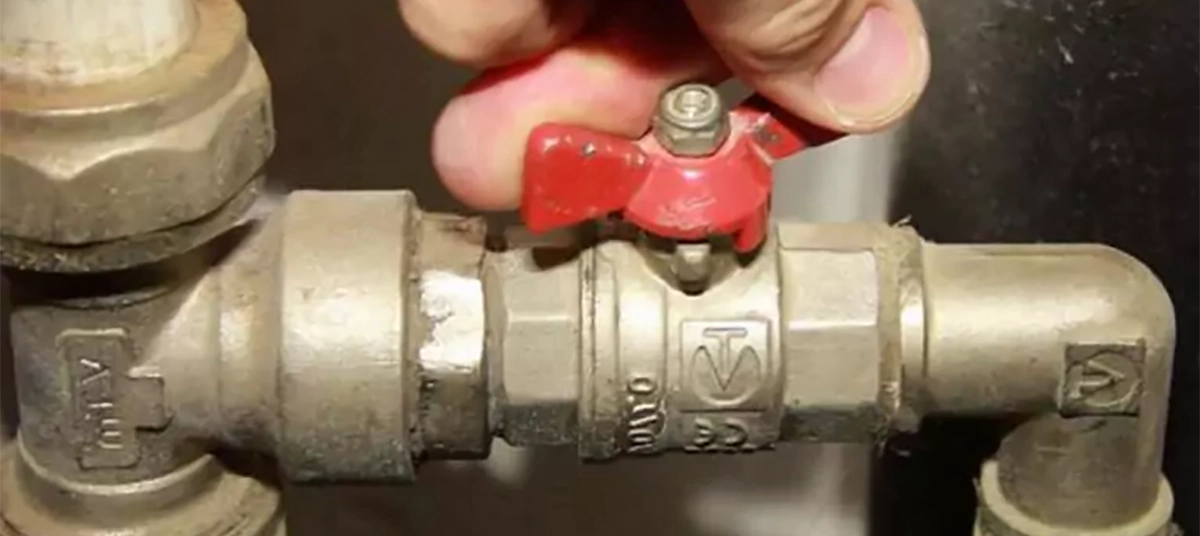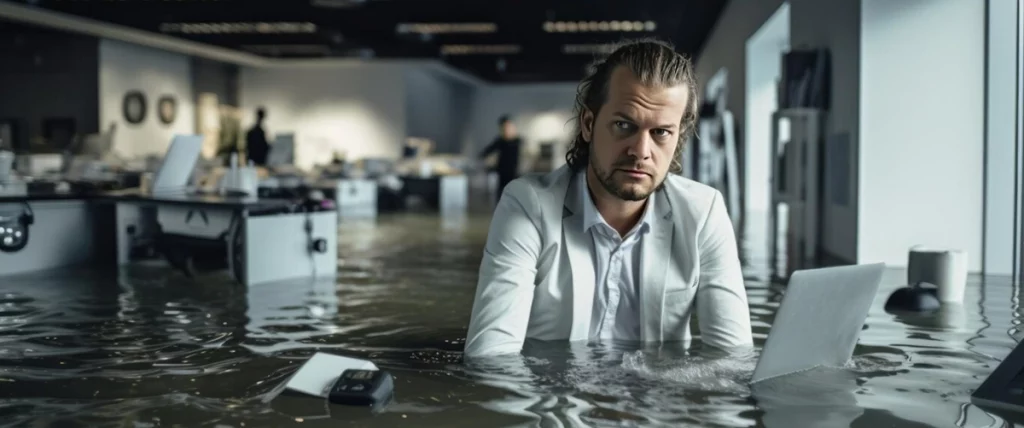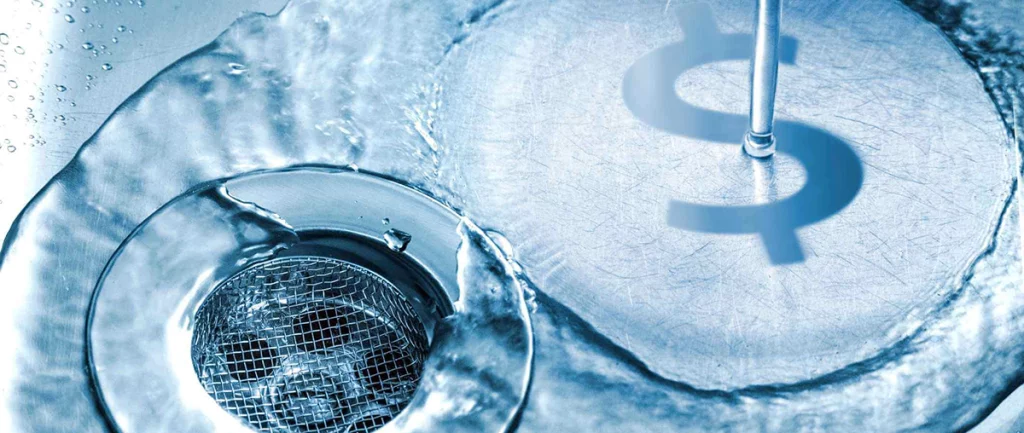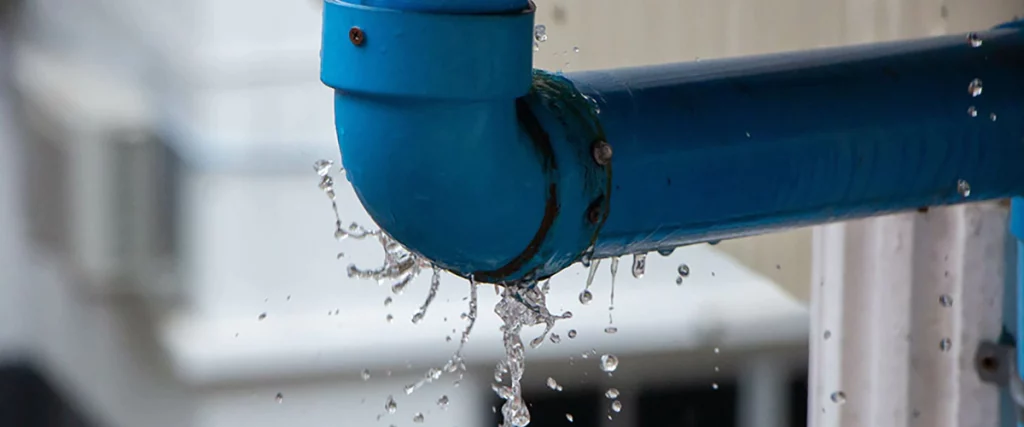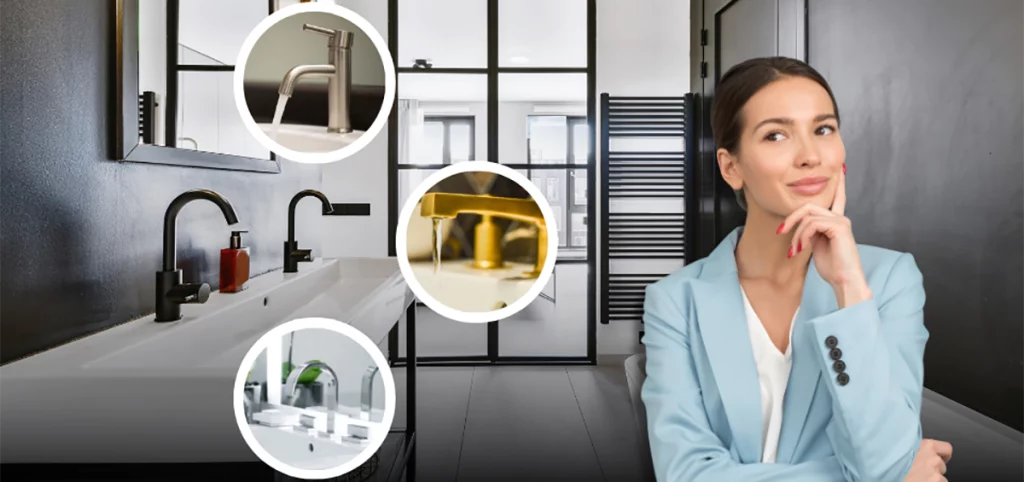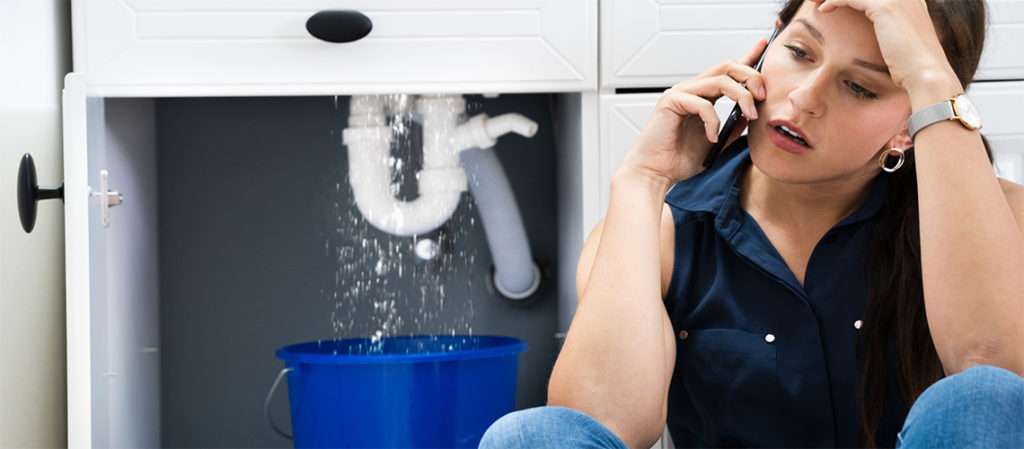When it comes to tackling plumbing issues in your home, a do-it-yourself (DIY) approach can be both cost-effective and rewarding. However, it’s crucial to proceed with caution to avoid potential pitfalls. Here are some essential dos and don’ts for DIY plumbing, covering everything from minor repairs to more complex projects.
DIY House Plumbing Repair Dos
- Research and Educate Yourself:
- Do: Before starting any DIY plumbing project, thoroughly research and educate yourself on the specific issue you’re dealing with. Understanding the problem and the necessary steps to address it is key to a successful DIY endeavour.
- Gather the Right Tools:
- Do: Ensure you have the necessary tools for the job. Common tools for DIY plumbing include pipe wrenches, pliers, a pipe cutter, a plunger, and Teflon tape. Having the right tools on hand will make the job more efficient.
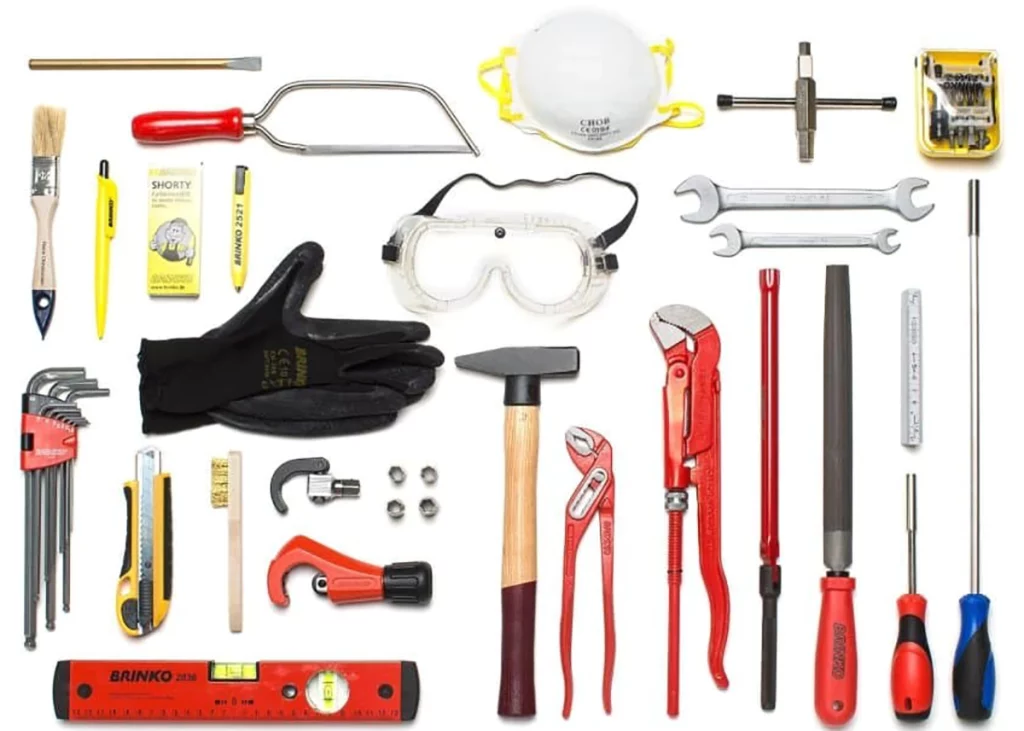
- Turn Off the Water Supply:
- Do: Always turn off the water supply before attempting any plumbing repairs. Whether you’re fixing a leaky faucet or replacing a pipe, preventing water flow ensures a safer working environment and minimises potential water damage.
- Start with Small Projects:
- Do: If you’re new to DIY plumbing, start with small, manageable projects. Fixing a leaky faucet or replacing a showerhead are good beginner tasks that allow you to build confidence and skills gradually.
- Use Plumber’s Tape Correctly:
- Do: When working with threaded pipes and fittings, use plumber’s tape (Teflon tape) to create a tight seal. Wrap the tape clockwise around the threads to prevent leaks.
- Investigate and Address Leaks Promptly:
- Do: Investigate and address leaks as soon as you notice them. Ignoring leaks can lead to water damage, mould growth, and increased repair costs. Swift action can prevent more significant issues down the line.
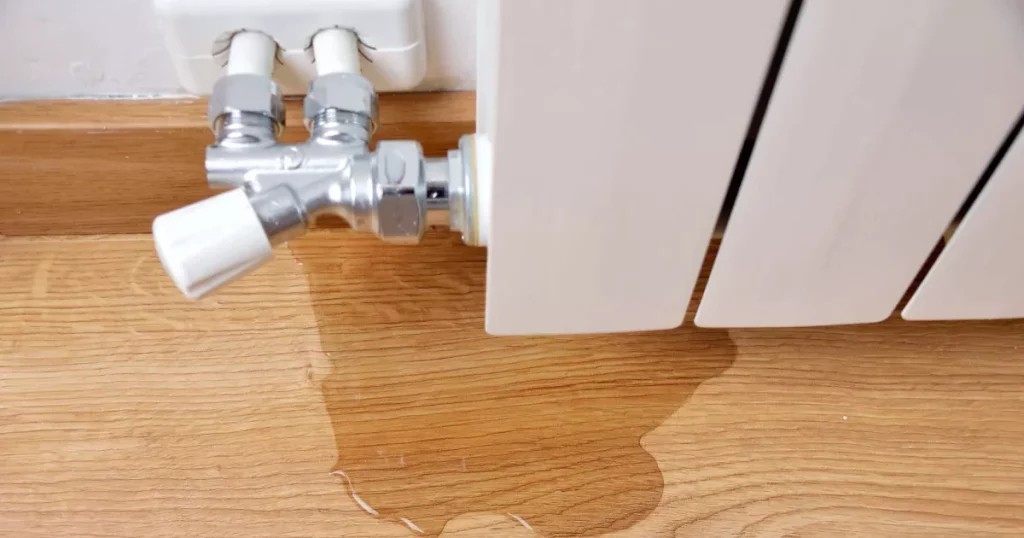
- Seek Professional Help When Needed:
- Do: Recognize your limitations. If a plumbing issue seems beyond your expertise, don’t hesitate to seek professional help. Calling in a plumber can save you time, money, and potential headaches.
| DIY House Plumbing Repair Dos | Guidelines |
| 1. Research and Educate Yourself: |
|
| 2. Gather the Right Tools: |
|
| 3. Turn Off the Water Supply: |
|
| 4. Start with Small Projects: |
|
| 5. Use Plumber’s Tape Correctly: |
|
| 6. Investigate and Address Leaks Promptly: |
|
| 7. Seek Professional Help When Needed: |
|
Don’ts: DIY Fix Plumbing at Home
- Ignore Safety Precautions:
- Don’t: Neglect safety precautions. Always wear appropriate protective gear, such as gloves and safety glasses. If you’re working in tight spaces, use proper lighting to avoid accidents.
- Overtighten Connections:
- Don’t: Overtighten pipe connections. Doing so can damage threads or fittings, leading to leaks. Use the appropriate amount of force to create a secure connection without causing damage.

Forget to Check Local Codes:
- Don’t: Overlook local plumbing codes. Before starting any DIY plumbing project, check local codes and regulations to ensure compliance. Failure to do so may result in fines or the need for costly corrections.
- Use Excessive Force:
- Don’t: Use excessive force when handling plumbing components. Pipes and fittings are designed to be durable but can be damaged if mishandled. If a connection is resisting, reassess the situation before applying more force.
- Neglect Regular Maintenance:
- Don’t: Neglect regular plumbing maintenance. Prevention is key to avoiding major issues. Schedule periodic checks for leaks, inspect water heaters, and address any minor concerns before they escalate.
- Mix Metals Without Consideration:
- Don’t: Mix different metals without consideration. When connecting pipes and fixtures, avoid combining different metal types without proper insulation or dielectric unions. Mixing metals can lead to corrosion.
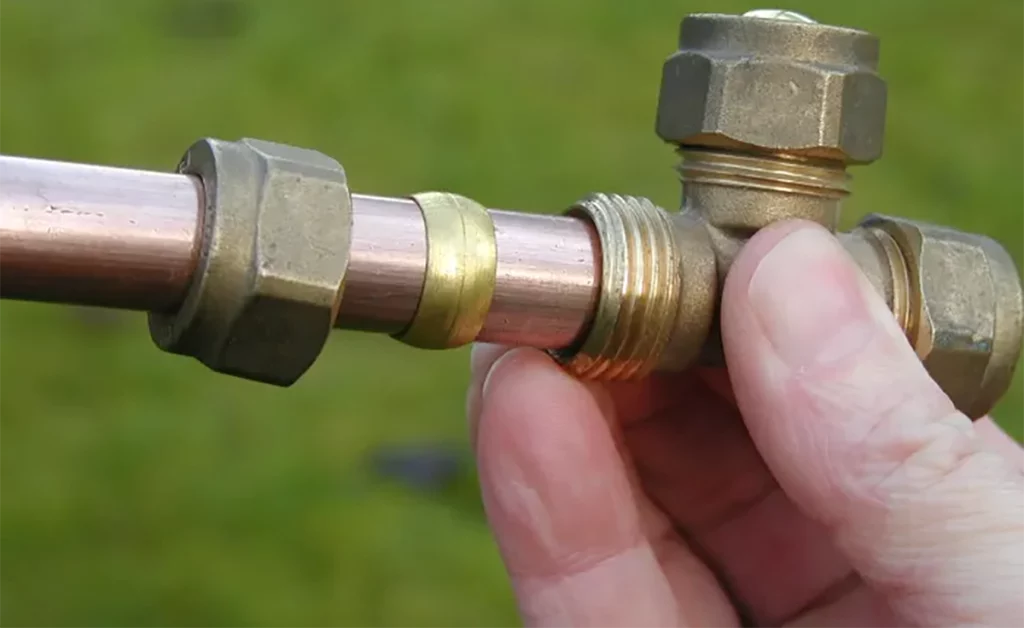
- Disregard Water Pressure Issues:
- Don’t: Disregard water pressure issues. High water pressure can strain pipes and appliances, leading to leaks and damage. Install a pressure regulator if needed to maintain a safe and consistent water pressure.
|
Don’ts: DIY Fix Plumbing at Home |
Guidelines |
| 1. Ignore Safety Precautions: |
|
| 2. Use Excessive Force: |
|
| 3. Disregard Water Shut-Off: |
|
| 4. Forget to Insulate Pipes: |
|
| 5. Mix Metals Without Consideration: |
|
| 6. Under Tighten Connections: |
|
| 7. Neglect Regular Maintenance: |
|
| 8. Ignore Water-Saving Practices: |
|
| 9. Dismiss Professional Advice: |
|
| 10. Overlook Local Plumbing Codes: |
|
| 11. Neglect Proper Disposal: |
|
By adhering to these dos and don’ts, you’ll be better equipped to handle DIY plumbing projects effectively and minimise the risk of complications. Remember, if you ever feel unsure or encounter a situation beyond your expertise, it’s wise to consult with a professional plumber.
FAQs
Yes, DIY plumbing repairs can be safe if you follow proper safety precautions. Always wear protective gear, turn off the water supply, and use the correct tools. If in doubt, seek professional advice.
No, for threaded pipes, it’s essential to use plumber’s tape (Teflon tape). Apply it clockwise to create a secure seal and prevent leaks.
It’s advisable to seek professional help for major plumbing issues. DIY repairs are suitable for minor fixes, but complex problems may require the expertise of a licensed plumber.
Yes, water-saving fixtures contribute to conservation and reduce utility costs. Consider low-flow faucets and showerheads for an eco-friendly approach.
Regular maintenance checks should be conducted at least once a year. Promptly address any issues to prevent them from escalating into major repairs.



